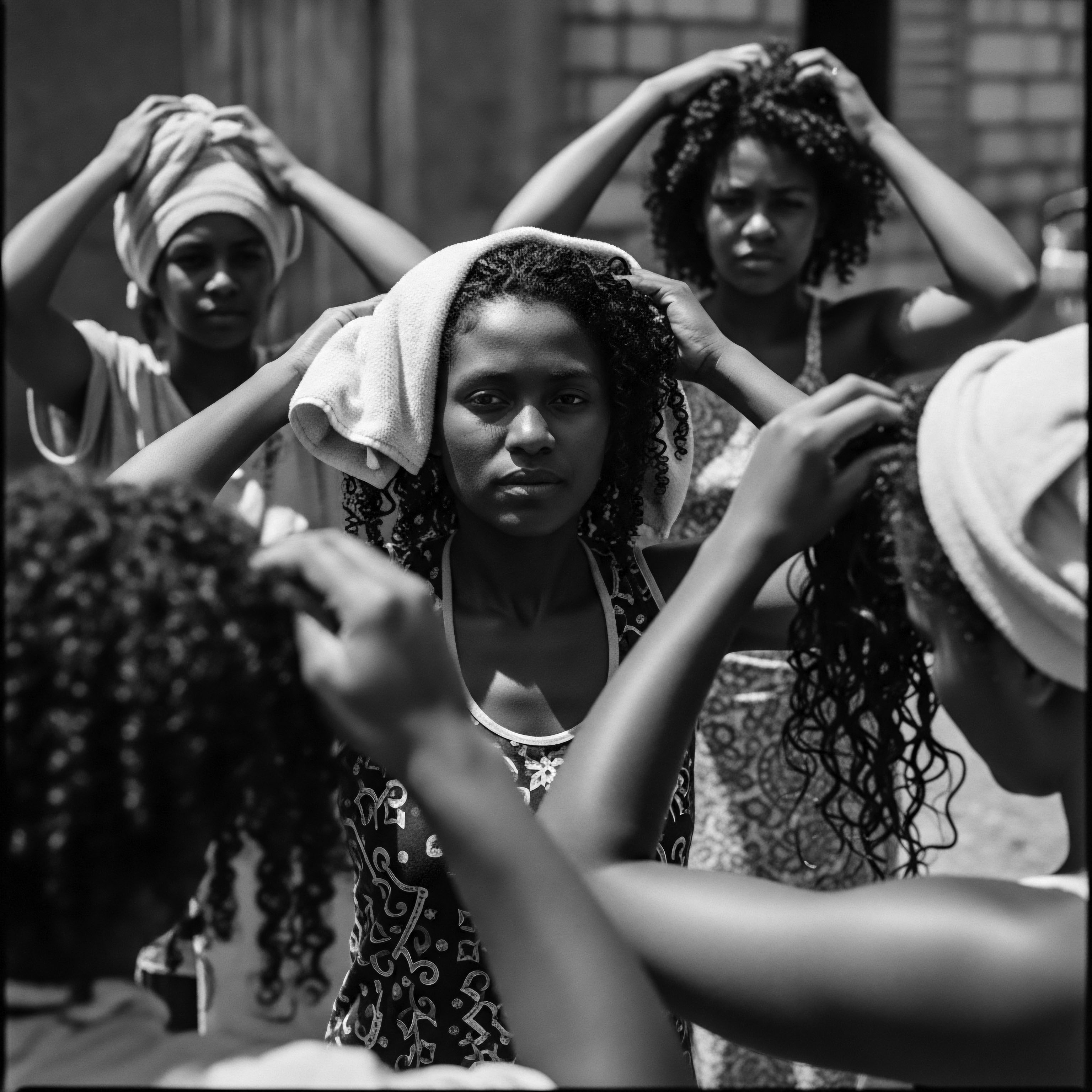
Fundamentals
The phrase “Plant-Based Treatments” refers to the application of substances derived directly from botanical sources to support the well-being of hair and scalp. This definition extends beyond simple cosmetic use, encompassing a spectrum of traditional and contemporary practices where the innate properties of flora are harnessed. These treatments represent a return to the Earth’s bounty, offering a gentle yet potent alternative to synthetic formulations. Their appeal rests in a profound simplicity and an alignment with the natural rhythms of life, a philosophy that has guided human care practices for millennia.
Across various cultures, especially those with deep ancestral ties to the land, the earth’s vegetation has long served as a primary pharmacopoeia for physical and spiritual sustenance. For textured hair, with its unique structure and specific needs, these botanical offerings have held particular importance. The coiled, spiraled, and zigzag patterns of textured strands possess a natural inclination towards dryness due to the architecture of the cuticle layer, which does not lie as flat as straighter hair types.
This structural characteristic means that natural oils produced by the scalp struggle to descend the hair shaft, leaving the ends vulnerable. Plant-based remedies, rich in emollients, humectants, and vital nutrients, provide a necessary balm, a protective shield against environmental stressors, and a source of deep replenishment.
The application of these treatments is not merely a superficial act; it is a ritual. It is a moment of connection, a silent conversation between the individual and the plant kingdom. This dialogue is steeped in a legacy of understanding passed down through generations, where the wisdom of how to prepare, apply, and benefit from each botanical element was a treasured inheritance. The earliest forms of hair care were, by their very nature, plant-based.
Before laboratories synthesized compounds, humanity looked to the forests, fields, and gardens for solutions. From the nourishing oils of indigenous trees to the cleansing saponins of certain roots, these were the original tools for maintaining scalp health and hair vitality.
Understanding the meaning of plant-based treatments for textured hair begins with recognizing their fundamental role in preserving hair integrity. These natural elements often provide a balanced pH, support a healthy scalp microbiome, and deliver essential fatty acids and vitamins that contribute to hair strength and elasticity. The gentle approach inherent in these treatments helps to prevent breakage, a common concern for delicate textured strands. Moreover, the holistic view of well-being that accompanies these practices extends beyond the physical, fostering a sense of self-care that honors one’s ancestral lineage.
Plant-based treatments offer a return to the Earth’s profound wisdom, providing natural nourishment and protection for textured hair, deeply rooted in ancestral care rituals.
Consider the widespread historical reliance on botanical ingredients for cleansing and conditioning. Before the advent of commercial shampoos, communities utilized plant-derived surfactants and conditioning agents.
- Soapnuts (Sapindus Mukorossi) ❉ These natural berries, rich in saponins, create a gentle lather, historically used for cleansing hair and body without stripping natural oils.
- Aloe Vera (Aloe Barbadensis Miller) ❉ A succulent plant whose gel has been used for centuries to soothe the scalp, provide hydration, and promote hair growth, known for its calming properties.
- Fenugreek (Trigonella Foenum-Graecum) ❉ Seeds from this herb, when soaked, yield a mucilaginous substance, valued for its ability to condition, strengthen, and reduce hair fall, a practice observed across various diasporic communities.
These simple ingredients, readily available in many traditional environments, formed the backbone of hair care. Their efficacy was not just anecdotal; it was demonstrated through generations of vibrant, healthy hair, a testament to the profound understanding of plant properties. The delineation of plant-based treatments, at its simplest, involves this direct, unadulterated connection to nature’s pharmacy.
The initial understanding of these treatments involves recognizing that they are not just trends, but rather a re-emergence of ancient practices. The significance of this re-discovery for textured hair communities lies in reclaiming a heritage of self-sufficiency and natural beauty. It is an affirmation of the efficacy of methods that predated modern chemical interventions, methods that were developed with an intimate knowledge of hair’s inherent needs and the local flora.
This perspective allows individuals to see their hair care as a continuation of a long and revered lineage, where each application of a plant-derived balm or rinse carries the whispers of ancestors who performed similar rituals. The purpose is not just aesthetic improvement, but a deeper connection to cultural identity and ecological wisdom.
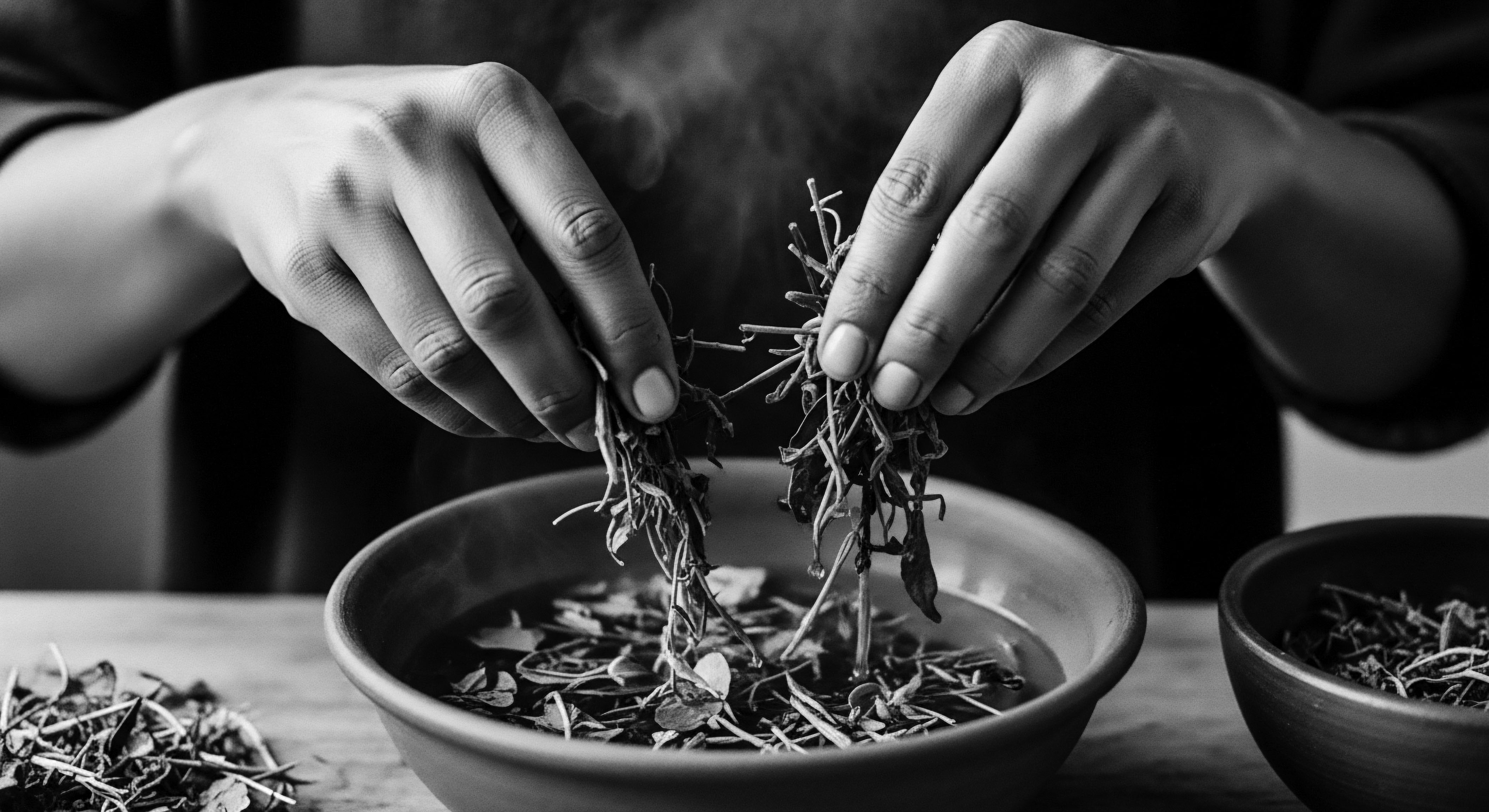
Intermediate
Moving beyond the foundational recognition, an intermediate understanding of Plant-Based Treatments for textured hair delves into the specific mechanisms by which these botanical agents interact with the hair shaft and scalp, always viewed through the lens of inherited wisdom. The term “plant-based” signifies more than simply a list of ingredients; it connotes a philosophy of care that respects the delicate balance of the scalp’s ecosystem and the unique architectural nuances of textured strands. The intention behind these treatments is to work in concert with the hair’s natural inclinations, rather than imposing a foreign structure or chemical alteration.
The chemical composition of plant extracts provides a rich palette of beneficial compounds. Fatty acids, vitamins, minerals, antioxidants, and phytochemicals all contribute to the efficacy of these treatments. For instance, the richness of certain plant oils in oleic and stearic acids provides significant emollient properties, which are particularly beneficial for textured hair that often struggles with moisture retention.
These lipids create a protective barrier on the hair shaft, sealing in hydration and shielding against environmental aggressors. This protective function is not a modern discovery; it is a scientific validation of practices centuries old, where oils and butters were applied to hair for their visibly restorative and safeguarding effects.
The history of hair care in Black and mixed-race communities, in particular, showcases a profound understanding of plant synergy. Traditional methods often involved multi-ingredient concoctions, where different plant parts were combined to achieve a comprehensive effect. Roots for strength, leaves for conditioning, flowers for scent and scalp soothing, and seeds for nourishing oils – each element played a role in a holistic approach to hair wellness.
This communal knowledge, often transmitted orally, served as a living library of botanical remedies, ensuring that the wisdom of previous generations informed the practices of the next. The very meaning of care within these contexts was intertwined with the local flora, with the rhythm of harvest and preparation becoming a part of daily life.
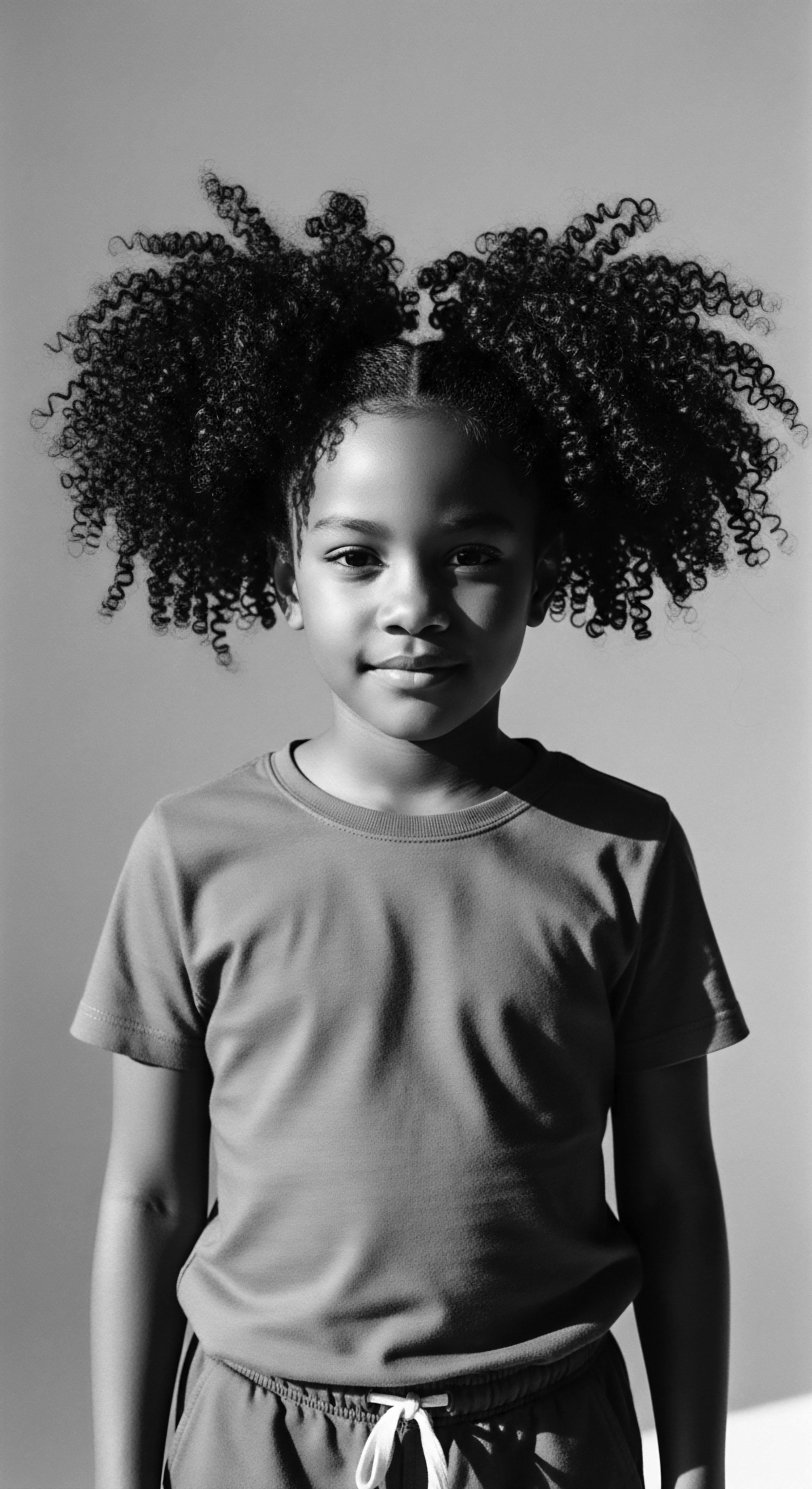
The Tender Thread ❉ Ancestral Preparations and Their Impact
The methods of preparing plant-based treatments are as significant as the ingredients themselves. Traditional preparation often involved gentle processes like cold-pressing, maceration, or decoction, which preserved the delicate chemical integrity of the plant compounds. This meticulous approach to extraction and formulation speaks to a deep respect for the source and an intuitive understanding of how to maximize its therapeutic potential. The cultural context of these preparations often involved communal gatherings, where the act of processing shea nuts or infusing herbs became a shared experience, reinforcing bonds and transmitting knowledge.
Ancestral preparation methods, often communal and meticulous, preserved the potency of plant compounds, revealing an intuitive understanding of nature’s therapeutic gifts for hair.
The significance of these practices for textured hair lies in their ability to provide deep, sustained nourishment. Unlike many synthetic products that offer temporary superficial results, plant-based treatments often work to improve hair health from the inside out, addressing concerns at the scalp level and fortifying the hair fiber. The intention behind these treatments is long-term vitality, reflecting a patient, nurturing approach to beauty that stands in contrast to instant gratification.
Consider the traditional uses of plant materials in different regions:
- Chebe Powder (Croton Zambesicus) ❉ Originating from Chad, this powder is typically mixed with oils and applied to hair strands (avoiding the scalp) to reduce breakage and promote length retention, a practice central to the Basara Arab women’s hair rituals.
- Baobab Oil (Adansonia Digitata) ❉ Extracted from the seeds of the majestic baobab tree, this oil, rich in omega fatty acids, is used across various African communities for its moisturizing and strengthening properties for hair and skin.
- Amla (Phyllanthus Emblica) ❉ Also known as Indian Gooseberry, this fruit has been a staple in Ayurvedic hair care for centuries, valued for its ability to strengthen hair follicles, prevent premature graying, and condition the scalp.
These examples illustrate the diverse botanical heritage that informs plant-based treatments. The understanding here moves beyond simple ingredient recognition to an appreciation of the historical ingenuity and ecological wisdom embedded within these practices. The delineation of plant-based treatments, at this level, recognizes their role as cultural artifacts, living testaments to human adaptability and connection to the natural world.
| Traditional Region/Community West Africa (e.g. Ghana, Burkina Faso) |
| Key Plant-Based Treatment Shea Butter (Vitellaria paradoxa) |
| Primary Hair Benefit (Ancestral Understanding) Deep moisture, sun protection, scalp soothing, hair elasticity. |
| Traditional Region/Community Central Africa (e.g. Chad) |
| Key Plant-Based Treatment Chebe Powder (Croton zambesicus) |
| Primary Hair Benefit (Ancestral Understanding) Length retention, reduced breakage, strengthening. |
| Traditional Region/Community Ancient Egypt |
| Key Plant-Based Treatment Castor Oil (Ricinus communis) |
| Primary Hair Benefit (Ancestral Understanding) Nourishment, growth stimulation, shine. |
| Traditional Region/Community South Asia (e.g. India) |
| Key Plant-Based Treatment Amla (Phyllanthus emblica) |
| Primary Hair Benefit (Ancestral Understanding) Hair strengthening, anti-graying, scalp conditioning. |
| Traditional Region/Community These ancestral applications showcase a timeless understanding of plant efficacy for diverse hair needs. |
The historical significance of these treatments extends to their role in resisting dominant beauty narratives. In periods where textured hair was marginalized, the continued use of traditional plant-based remedies became an act of cultural preservation and self-affirmation. The very act of applying these ancestral preparations became a quiet declaration of identity, a connection to a heritage that could not be erased.
This is the intermediate meaning of plant-based treatments ❉ not just what they are, but what they represent in the enduring story of textured hair. The description of these practices highlights their deep-seated cultural relevance and their ongoing role in fostering pride and connection.
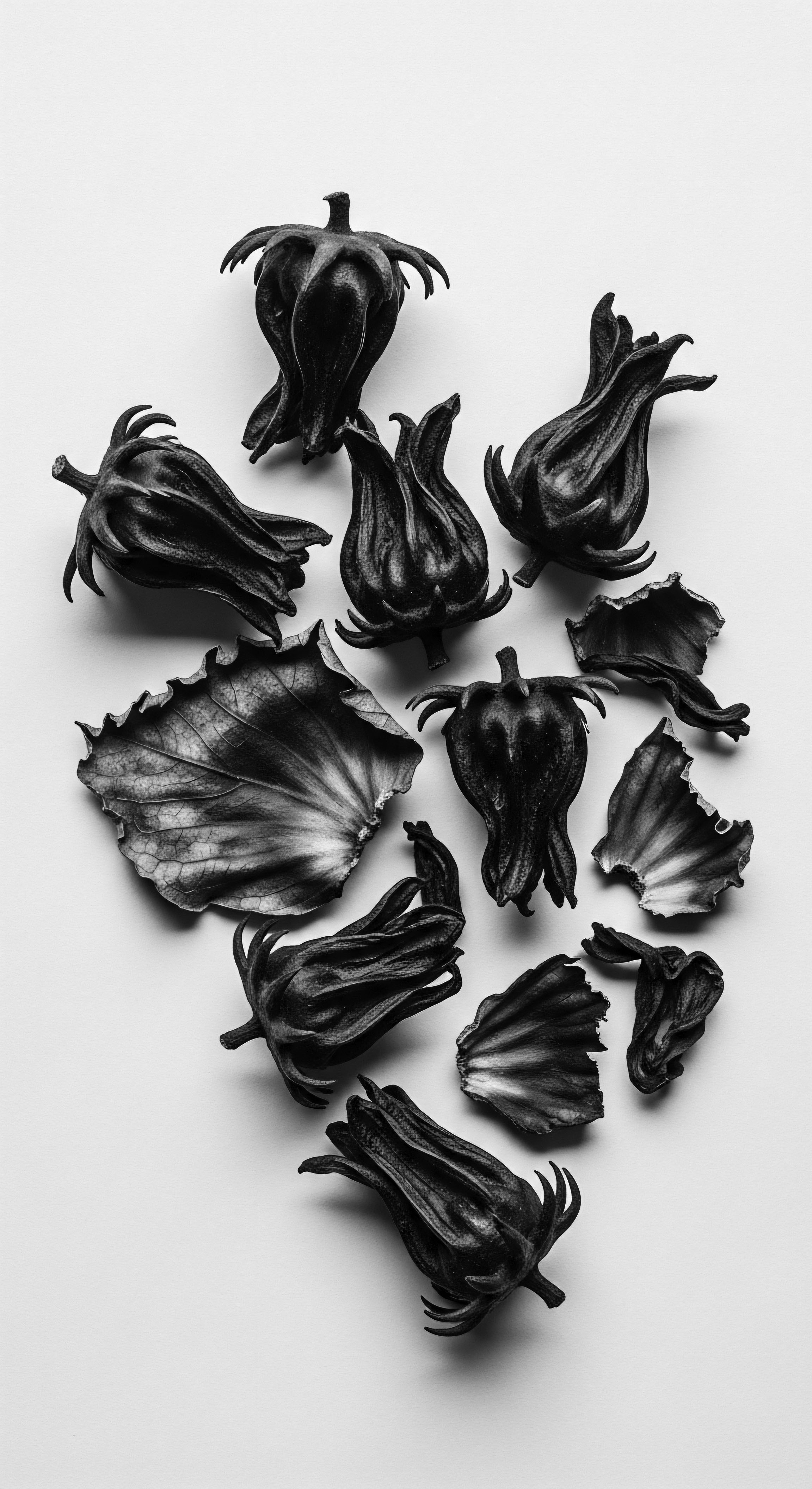
Academic
From an academic perspective, the delineation of Plant-Based Treatments transcends simple definitions, unfolding into a rigorous examination of phytochemistry, ethnobotany, and the socio-cultural dynamics that have shaped their application, particularly within the context of textured hair heritage. This deep exploration considers the complex interplay between botanical compounds and human physiology, grounded in historical evidence and contemporary scientific validation. The meaning here is multi-layered, encompassing the molecular actions of plant constituents, their historical trajectories across diasporic communities, and their enduring significance as markers of identity and resilience.
Plant-based treatments, in this academic context, refer to formulations derived from the entire or specific parts of botanical organisms—roots, stems, leaves, flowers, fruits, and seeds—where their inherent biological activities confer therapeutic or cosmetic benefits to the hair and scalp. This includes a spectrum of preparations from crude extracts and infusions to isolated bioactive compounds. The efficacy of these treatments is attributable to their rich array of secondary metabolites, such as polyphenols, flavonoids, triterpenes, saponins, alkaloids, and fatty acids. These compounds exhibit diverse pharmacological properties, including antioxidant, anti-inflammatory, antimicrobial, and moisturizing effects, all of which are critically relevant to the unique care requirements of textured hair.
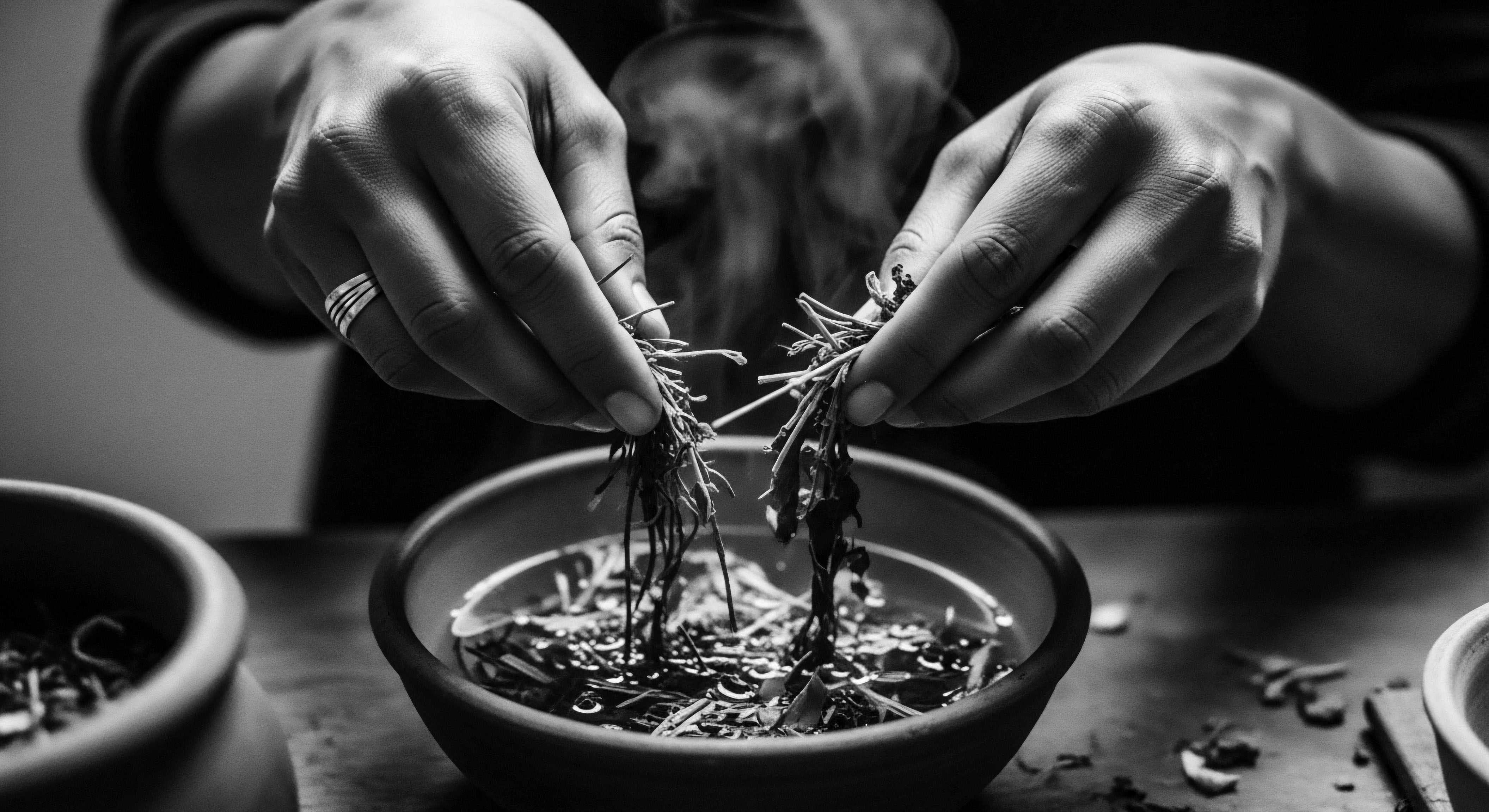
Echoes from the Source ❉ The Ethnobotanical Legacy
The historical use of specific plant-based treatments for textured hair is not merely anecdotal; it is substantiated by extensive ethnobotanical research. For millennia, communities across Africa and its diaspora cultivated an intimate knowledge of their local flora, identifying plants with properties beneficial for hair health. This ancestral wisdom, passed down through generations, often predates and, in many instances, aligns with modern scientific findings. The scholarly examination of these traditions provides invaluable insights into sustainable practices and the deep connection between cultural heritage and natural resources.
A compelling example of this enduring legacy is the use of Shea Butter (Vitellaria paradoxa), a staple across the Sudano-Sahelian region of West Africa. Its significance extends far beyond its emollient properties. Ethnobotanical studies reveal that shea butter has been a central component of traditional hair care, skin care, and culinary practices for centuries.
Its application to textured hair, particularly for conditioning and protection, is a practice deeply embedded in the cultural fabric of numerous communities. For instance, in many West African societies, the processing of shea nuts into butter is predominantly a women’s activity, forming a significant economic backbone and a conduit for transmitting intergenerational knowledge about the tree’s uses and cultural importance.
One rigorous study examining the traditional uses of Vitellaria paradoxa in Northern Guinea Savannah eco-region of Nigeria found that 100% of respondents reported using shea butter for the treatment of wounds, 86.25% for skin problems, and a substantial percentage for rheumatism and arthritis, underscoring its broad medicinal applications alongside its cosmetic uses for hair and skin. This data illuminates not just the widespread use of shea butter for various ailments, but also its pervasive role in daily life, including hair dressing and protection from extreme weather, as reported by local women. The sheer prevalence of its use across these communities, spanning generations, serves as a powerful testament to its efficacy and cultural entrenchment. The economic contribution of shea to women’s livelihoods further amplifies its cultural importance, demonstrating how this plant is intertwined with social structures and family sustenance.
The enduring practice of using shea butter for textured hair, deeply rooted in West African ethnobotany, exemplifies a profound ancestral knowledge affirmed by modern scientific inquiry.
The unsaponifiable fraction of shea butter, rich in triterpene alcohols and cinnamic acid esters, is particularly responsible for its anti-inflammatory and antioxidant properties, which are beneficial for scalp health and protection against environmental damage. This scientific understanding provides a contemporary elucidation for the historical observation of shea butter’s soothing and protective effects on hair and scalp, especially relevant for textured hair prone to dryness and scalp irritation. The explication of its biochemical composition offers a robust backing to the centuries of empirical evidence gathered by ancestral practitioners.
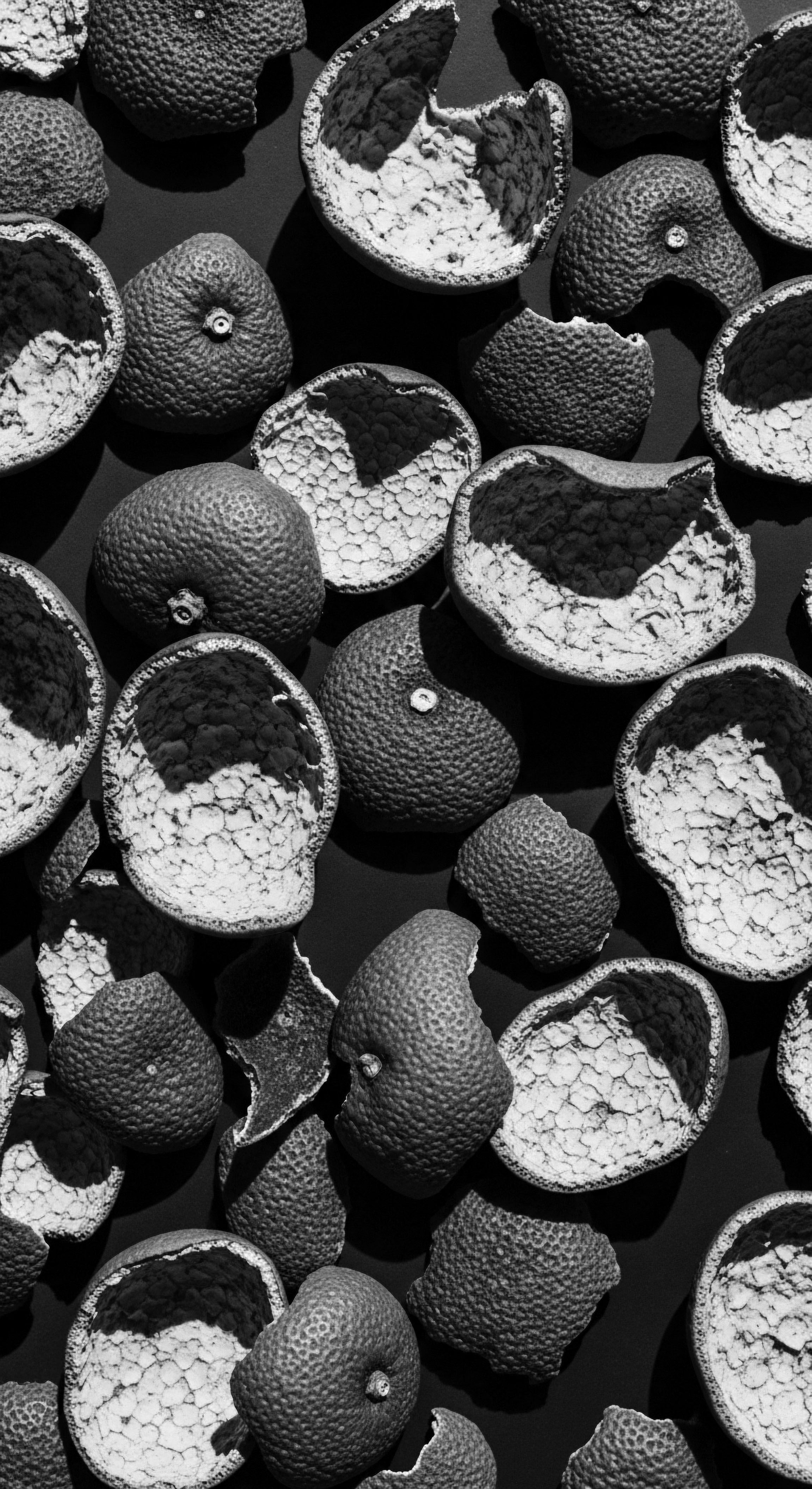
The Unbound Helix ❉ Biomechanisms and Cultural Affirmation
The scientific understanding of Plant-Based Treatments for textured hair involves a nuanced grasp of how their molecular constituents interact with the hair’s unique biomechanical properties. Textured hair, characterized by its elliptical cross-section and varying curl patterns, exhibits distinct tensile strength, elasticity, and porosity compared to straight hair. Plant-derived emollients, such as those from shea butter or coconut oil, are critical for mitigating moisture loss due to the elevated cuticle lift inherent in highly coiled strands. These lipids penetrate the hair shaft, reinforcing the hydrophobic barrier and reducing hygral fatigue, which can compromise hair integrity.
The academic investigation also extends to the role of plant extracts in modulating scalp health. Phytochemicals with anti-inflammatory or antimicrobial activities can address common scalp conditions like dandruff or folliculitis, which can impede healthy hair growth. For example, compounds found in neem (Azadirachta indica) or fenugreek (Trigonella foenum-graecum) have demonstrated efficacy against various microbial pathogens and inflammatory markers, providing a scientific basis for their traditional use in scalp treatments. The academic meaning of plant-based treatments, therefore, involves dissecting these intricate biochemical pathways that affirm the wisdom of ancestral formulations.
| Ingredient Shea Butter (Vitellaria paradoxa) |
| Key Bioactive Compounds Triterpene alcohols, fatty acids (oleic, stearic) |
| Scientific Mechanism/Benefit Anti-inflammatory, antioxidant, emollient, UV absorption; forms protective barrier on hair. |
| Ingredient Coconut Oil (Cocos nucifera) |
| Key Bioactive Compounds Lauric acid, capric acid |
| Scientific Mechanism/Benefit Penetrates hair shaft, reduces protein loss, provides moisture, antimicrobial. |
| Ingredient Aloe Vera (Aloe barbadensis miller) |
| Key Bioactive Compounds Polysaccharides, vitamins, enzymes |
| Scientific Mechanism/Benefit Hydrating, soothing, anti-inflammatory, promotes scalp health. |
| Ingredient Fenugreek (Trigonella foenum-graecum) |
| Key Bioactive Compounds Proteins, nicotinic acid, mucilage |
| Scientific Mechanism/Benefit Strengthens hair, reduces hair fall, conditions, promotes growth. |
| Ingredient Modern science often validates the efficacy of these traditional ingredients, revealing their complex biochemical contributions to hair health. |
Furthermore, the academic discourse on Plant-Based Treatments considers their societal and psychological ramifications. For Black and mixed-race individuals, the selection and application of these treatments can be an act of self-care intertwined with cultural pride and a rejection of Eurocentric beauty standards. The continuity of ancestral hair practices, even in contemporary settings, represents a powerful form of cultural preservation and resistance. This substance of plant-based treatments, then, is not solely about chemistry or biology; it is also about identity, community, and the enduring human spirit.
The designation of these practices as “treatments” carries the weight of historical struggle and triumph, a quiet assertion of self-worth and connection to lineage. The explication of their meaning requires acknowledging this rich, layered context.
The intersection of traditional ecological knowledge and modern phytochemistry provides a robust framework for understanding the profound benefits of plant-based treatments. Researchers continue to isolate and characterize compounds from traditionally used plants, revealing the scientific basis for their observed effects. This convergence of ancient wisdom and contemporary investigation reinforces the authoritative position of these natural remedies in the broader landscape of hair care, particularly for textured hair.
The delineation of plant-based treatments, at this academic height, acknowledges their historical efficacy, their scientific validity, and their ongoing cultural resonance, shaping a comprehensive and invaluable entry in Roothea’s living library. The clarification of these complex interactions contributes to a deeper appreciation of the wisdom embedded in ancestral practices.

Reflection on the Heritage of Plant-Based Treatments
As we close this contemplation on Plant-Based Treatments, a sense of enduring reverence for the ‘Soul of a Strand’ deepens. The journey from elemental biology and ancient practices to contemporary scientific validation reveals an unbroken thread of wisdom, meticulously spun by generations who understood the intimate dialogue between hair, body, and the earth. For textured hair, this heritage is not merely a historical footnote; it is a vibrant, living inheritance. The very fibers of coiled, spiraled, and zigzag strands carry the memory of hands that kneaded shea butter under the West African sun, of women who steeped fenugreek in earthen pots, and of communities that found solace and strength in the rituals of communal hair care.
The enduring significance of plant-based treatments lies in their ability to bridge time, connecting us to ancestral rhythms of care that prioritize holistic well-being over fleeting trends. These practices remind us that true beauty springs from a place of nourishment, protection, and deep respect for what is inherently ours. They offer more than just physical benefits; they provide a profound sense of belonging, an affirmation of identity rooted in a rich cultural tapestry. The deliberate choice to incorporate these time-honored remedies into modern routines is an act of reclaiming, a gentle rebellion against narratives that once sought to diminish the beauty of textured hair.
The evolution of understanding surrounding plant-based treatments mirrors the journey of textured hair itself—from being misunderstood or marginalized to being celebrated and scientifically affirmed. Each botanical element, from the humble leaf to the robust nut, carries stories of resilience, adaptation, and unwavering connection to the land. The tender thread of care that began centuries ago continues to weave through the present, inviting us to honor our hair not just as a physical attribute, but as a living helix, an unbound expression of our heritage. This reflection calls us to carry forward this legacy, ensuring that the wisdom of the plants, and the hands that prepared them, continues to nourish future generations, affirming the inherent beauty and strength of every strand.
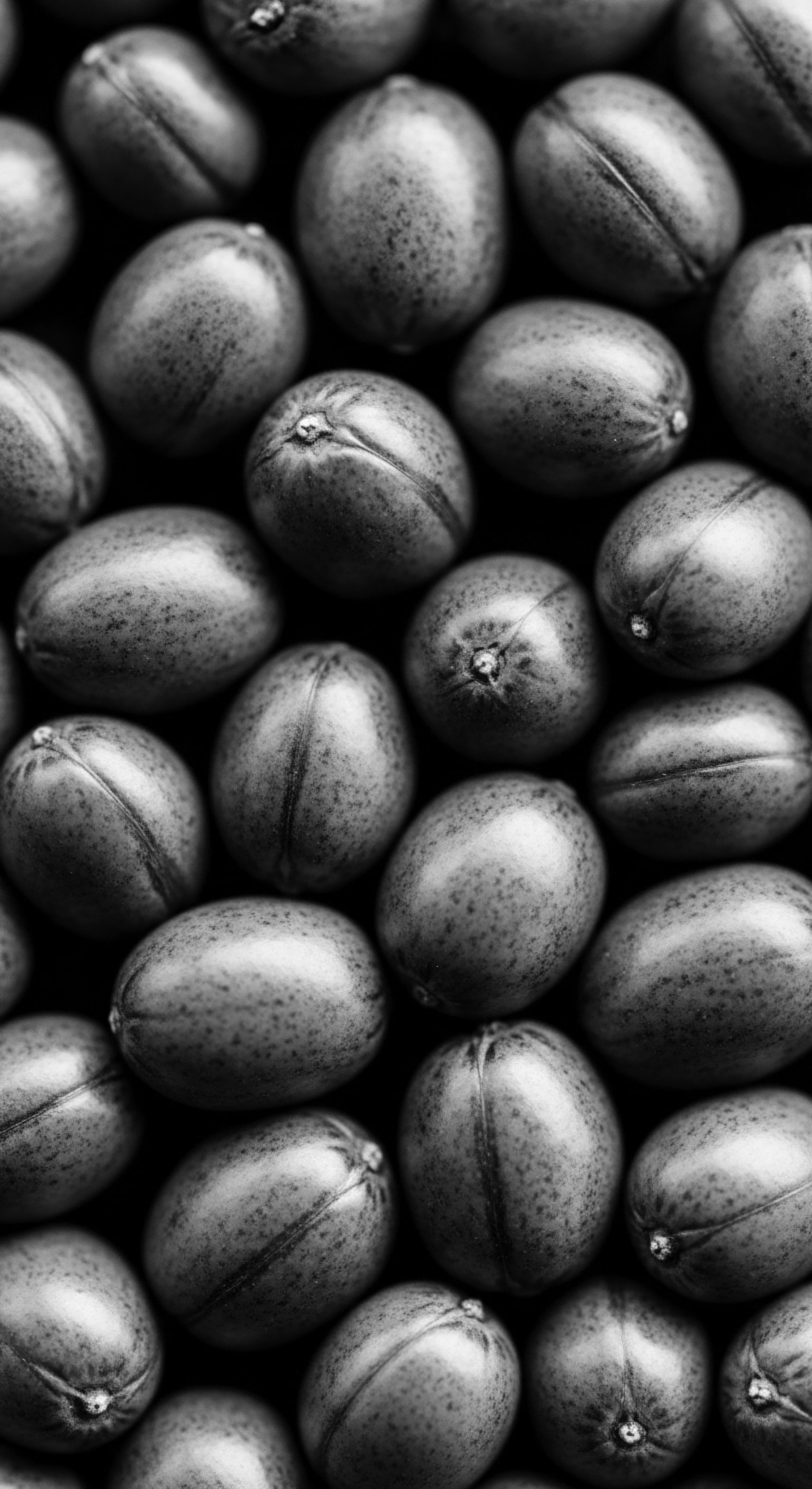
References
- Akihisa, T. Kojima, N. Katoh, N. Ichimura, Y. Suzuki, H. Fukatsu, M. Maranz, S. & Masters, E. T. (2010). Triterpene alcohol and fatty acid composition of shea nuts from seven African countries. Journal of Oleo Science, 59(7), 351-360.
- Akihisa, T. Kojima, N. Kikuchi, T. Yasukawa, K. Tokuda, H. Masters, E. T. Manosroi, A. & Manosroi, J. (2010). Anti-inflammatory and chemopreventive effects of triterpene cinnamates and acetates from shea fat. Journal of Oleo Science, 59(6), 273-280.
- Gwali, S. Okullo, J. B. L. Eilu, G. Nakabonge, G. Nyeko, P. & Vuzi, P. (2011). Folk Classification of Shea Butter Tree (Vitellaria paradoxa subsp. nilotica) Ethno-varieties in Uganda. Ethnobotany Research & Applications, 9, 243-256.
- Hall, J. B. Aebischer, D. P. Tomlinson, H. F. Osei-Amaning, E. & Hindle, J. R. (1996). Vitellaria paradoxa ❉ A monograph. University of Wales, Bangor.
- Maanikuu, P. M. I. & Peker, K. (2017). Medicinal and nutritional benefits from the shea tree-(Vitellaria Paradoxa). International Journal of Research in Pharmacy and Biosciences, 4(1), 1-8.
- Nwachi, C. & Ogba, N. (2022). The depths of Shea Butter and its applications. Dreams Fertility and Alt Clinic .
- Tasleem, F. Abbas, T. Perveen, R. Siddiqui, N. Abidi, S. & Azhar, I. (2023). Sustainable Use of Traditional Plant Extracts for the Formulation of Herbal Shampoos. Journal of Hunan University Natural Sciences, 50(4).
- Thioune, O. Ahodikpe, J. Dieng, M. Diop, M. & Ngom, D. (2000). Shea butter ❉ Traditional use, production and economic importance in Senegal. Paper presented at the International Workshop on Shea Tree, Ouagadougou, Burkina Faso.
